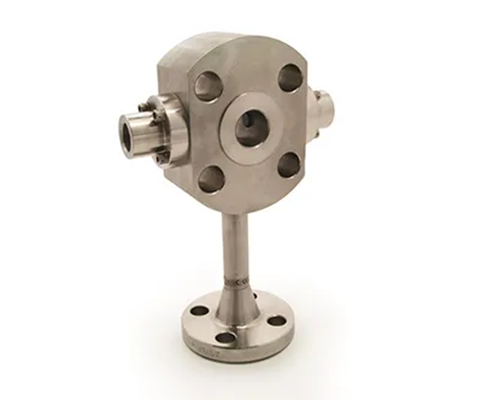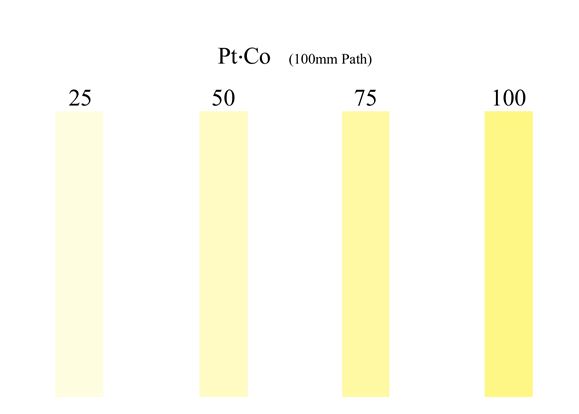When processes involve extremely toxic or hazardous materials such as hydrofluoric acid, phosgene, isocyanates, etc., safety is paramount. Having a sample interface with built-in leak detection can help save human lives. Consequently, it is recommended that a High Safety Flow Cell be used when monitoring these situations. Constructed out of stainless steel or Hastelloy C276 with Kalrez seals, this flow cell is rated for 250 ºC typical operation at 300 psi. The safety sniffer port provided between o-ring seals allows for a connection to a leak detection system to be used as an indicator of primary seal failure.
Improve Operational Safety through Phosgene Leak Detection
Improve Operational Safety through Phosgene Leak Detection

For example, plant safety can be improved by monitoring the purity or concentration of phosgene using Guided Wave’s High Safety Flow Cell which is compatible with all Guided Wave analyzers and many other analyzer brands. Built into a Class 300 flange, using welded construction, the High Safety Flow Cell uses double o-ring sealed sapphire windows and a weep or “tattletale” port to self-monitor for o-ring failure. This safety mechanism allows the flow cell to be serviced once the process chemicals are detected in the space between the first and second o-ring seals. Moreover, by installing a High Safety Flow Cell on the input side of the reactor vessel and the recovery line, deviations in the amount of phosgene consumed by the process can be monitored, potentially alerting personnel to a hazardous leak in the facility. Thanks to the dual seals and a sniffer port, polymer manufacturers dealing with hazardous or corrosive samples, such as phosgene, can improve operational safety with the High Safety Flow Cell.
This is also compatible with all makes and models of process FT-NIR analyzers.

